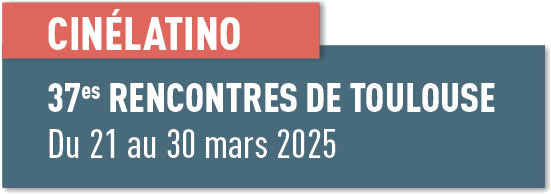Selection:
Director:
Country:
- Brazil
Format:
Type:
Film exhibited in Toulouse:
O que se move (The moving creatures) - Fiction Feature Film Competition - Other festivals: Miami International Film Festival; Semana dos Realizadores (Best Film); Festival de Gramado (Best Actress - Fernanda Vianna)
Link on the full movie (required)
Foreseen cast:
-
Script writer(s):
Synopsis:
Set in the final months of the nineteenth century and the very beginning of the twentieth, The Dead is the story of the decline of a family in São Paulo, narrated from the point of view of its three women: Isabel, the mother, and her daughters Maria and Ana. After the death of their maid Josefina – a former black slave back from the times when the family lived in the coffee farm – the notion of “home” seems to stop making sense. Isabel gets sick and does not get better. The doctor gives her a few months to live. Maria, a nun and teacher, has little time to devote to the house. She puts her sister Ana in charge. But Ana is a strange, quiet and lonely quiet girl who never was able to get married. As time goes by, Ana develops an obsessive relationship with the memories of the family farm and the slaves who lived there. Their ghosts come back to haunt her. Also, the three women miss Jorge, the father, who left them in the city to work for the Italians who purchased the old farm. The women know, deep down inside, that he will never return. The film is set around three big Brazilian holidays: Independence Day, Day of the Dead and Carnival. With few resources and unable to share the euphoria that comes with the modernization of the city of São Paulo, Isabel, Ana and Maria inexorably approach illness and madness.
Visual concept:
We are working on a visual type of representation for this film that is an important part of the project for us. Set in the late nineteenth century, the plot develops faithfully to that period, and all the characters are immersed in it. However, the streets and the city in which the characters walk around are the São Paulo of the current days. The internal spaces, the areas of privacy, are reconstituted as period sets – the same logic is applied to the costumes. But public spaces are the asphalt, buildings, wires and noise of the city we live in today. Through this clash of historical times, conveyed by a simple movie convention, the characters become kinds of ghosts: the past that still inhabits the city, and that is still the base element for what it has become.







